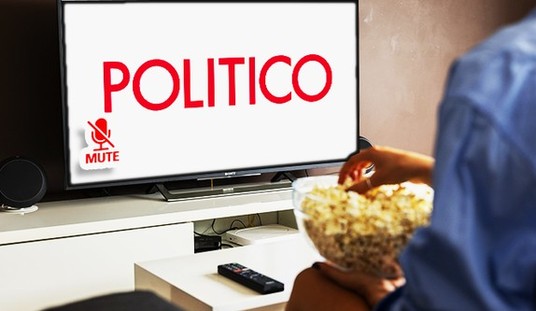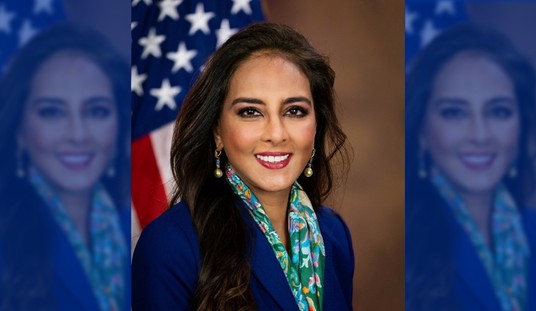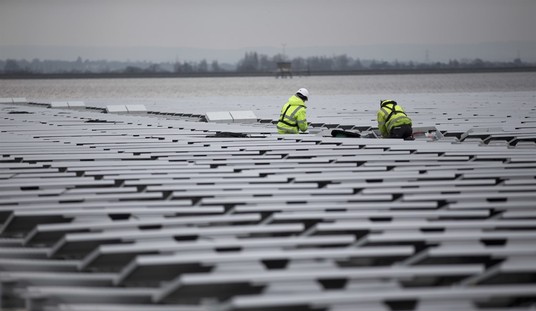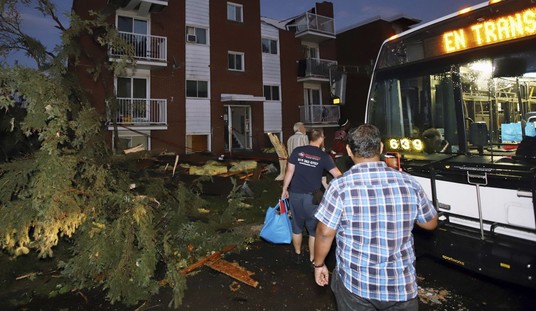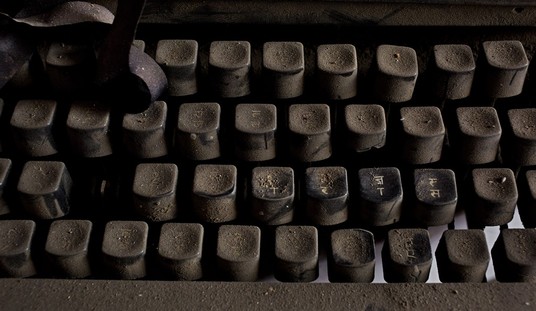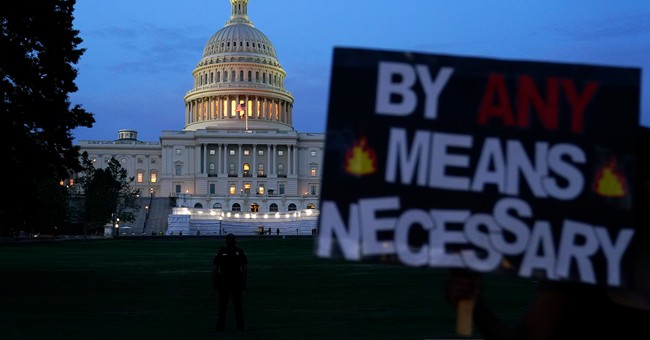
——–
In the aftermath of the death of George Floyd, there were a lot of people and businesses on various social media platforms like Twitter, Facebook, and Instagram who normally never weighed in on political/cultural/racial issues deciding to state that they supported the black community and that they believed black lives mattered.
Most of them probably did it out of sincerity, while others likely did it to ward off any cancel culture mobs targeting them for not speaking out.
It was like a dam had burst. People who either didn’t want to get involved in opining on race-related issues or who otherwise just assumed the problems would sort themselves out at some point saw what happened to George Floyd, and it moved them enough to want to declare in so many words, “I see it now. I get it. Tell me what I can do to help amplify black voices.”
A week or so after Floyd’s death and the sometimes violent protests that followed, a lot of accounts on Instagram posted black squares to note they were taking a day to “be quiet” in order to listen and learn about the racist experiences their black friends and colleagues had gone through. The idea in theory was to foster a greater understanding, but some saw it as a way to shut people up who wanted to share their own thoughts.
Whether it was or wasn’t designed to silence people, the feeling of being silenced was an understandable one for people to have, considering how many WrongThinkers have been targeted for cancellation simply due to disagreement over the official Black Lives Matter group’s radical agenda or for otherwise pointing out facts that are inconvenient to the various narratives Democrats and the mainstream media are spinning.
There is a difference in being asked to be quiet in order to really hear and listen to what someone has to say so as to be able to better understand their perspective, versus being told to shut up and stay out of it because your views don’t match up 100% with whatever the prevailing orthodoxy may be at the time.
That’s not how America was supposed to work, last I checked.
From a personal standpoint, I’ve been listening more – a lot more – since Floyd’s death to what the diverse non-BLM voices in the black community have had to say about race issues. Occasionally I’ve chimed in with my own thoughts or questions.
The conversations have generally been respectful, which I’m grateful for considering the toxic climate we’re in right now with calmer voices being shouted down and people who have nefarious ulterior motives getting the most attention.
Though I agree with Sen. Tim Scott (R-SC) that sensible police reform legislation is needed, I also believe that the path to bridging the racial divide and fostering more understanding and respect starts with us, in our backyards, and with people of all races being willing to listen and learn from each other. There will always be disagreements, but unlike what people see on social media, disagreeing with someone in reality is not the end of the world and is not ground for ending friendships.
Also, in addition to needing to be able to talk to each other frankly, another way to bridge racial divides is in how you go about your daily life. As I wrote in a prior VIP piece, you don’t have to be a radical activist to inspire change. It’s in how we treat people in our everyday lives that we can set good examples for the generation that comes after us.
In conclusion, it’s a good idea to be quiet and listen when people who are hurting are trying to tell you something. There is a big difference in doing that and being told by someone to shut up because they believe your opinion should be considered irrelevant. The latter is what extremist activists want you to do. The former is what your friends, neighbors, and co-workers want you to be willing to do. I know whose opinions I value more between the two.





